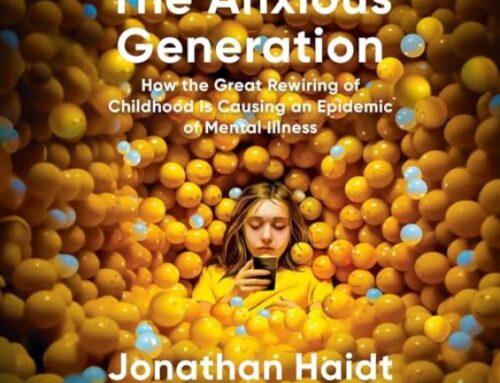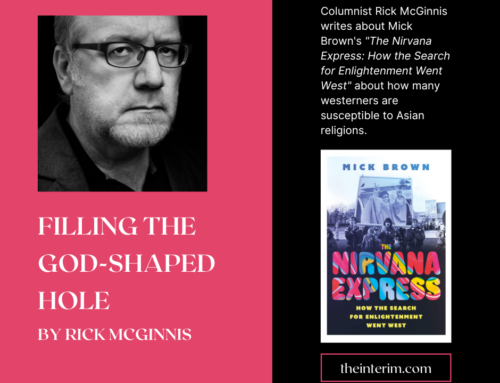 The rapture used to be top of the list whenever it came time to make fun of “things Crazy Christians believe,” or at least it was until Tim LaHaye published his bestselling Left Behind series of novels. Spawning a burgeoning franchise of further books and movies, it made the rapture of sudden social and monetary interest to the entertainment industry in general, so it’s no surprise that we’re about to see the rapture return to both the big and small screens.
The rapture used to be top of the list whenever it came time to make fun of “things Crazy Christians believe,” or at least it was until Tim LaHaye published his bestselling Left Behind series of novels. Spawning a burgeoning franchise of further books and movies, it made the rapture of sudden social and monetary interest to the entertainment industry in general, so it’s no surprise that we’re about to see the rapture return to both the big and small screens.
LaHaye never made a secret of his dislike of the trilogy of Left Behind movies released at the turn of the millennium and made largely in Canada. They’re truly awful, and hardly the big budget action blockbusters he imagined, so the series is being rebooted again with a new Left Behind film starring Nicholas Cage set to be released later this year. Teasers feature CGI mayhem with planes falling from the sky and Cage giving one of his typically intense performances.
Coming from a wholly different place is The Leftovers, HBO’s TV adaptation of Tom Perotta’s bestselling 2011 novel, which takes place in a small town three years after two per cent of the world’s population suddenly disappears. The catch is that there seems no logic to who was “raptured” – at one point a newscast playing in a bar notes that both Pope Benedict and Gary Busey were among the two per cent.
Perotta’s novel is as far from an action movie as you can imagine; the plot stays within the confines of the small town and its middle-class residents, and hovers around their emotional trauma in the aftermath of losing friends and family and the survivor’s guilt that leads to the book’s most compelling invention: the Guilty Remnant, a white-garbed cult that enforces a vow of silence, joyless communal living, and chain-smoking as a rite.
HBO’s adaptation of Perotta’s novel is produced by Damon Lindelof, the man behind Lost – the hit network TV series that enthralled and confounded its fans right up until its final episode, a finale as controversial as the one that ended The Sopranos. And while the novel strove mightily to avoid any spiritual or supernatural resonance in the wake of its implicitly secular rapture, Lindelof has spent the first four episodes that have aired as I write this re-injecting religious overtones and hints of the fantastic into his expansion of Perotta’s much more low-key story.
The spiritual breakdown and hysteria that Perotta uses to set up characters and stories in his novel becomes a prime mover in Lindelof’s show, as the Remnant becomes even more sinister and the cult built around Holy Wayne, a faith-healing sexual predator, becomes the target of a violent government crackdown. Attendance at conventional churches, however, has been hit hard, and in a storyline invented by Lindelof for the series, an Episcopalian priest loses his church to the Remnant.
The HBO series is also conspicuously populated by anxious, angry, or simply off-putting characters that don’t make it easy for a viewer to let their sympathy alight on anyone. It’s as if the rapture, which might not have discriminated between the virtuous and the vile, specifically carried away everyone gifted with humour, proportion or levity. Whatever comic potential makes it to the screen comes from a pair of teenaged twin brothers, Prius-driving school friends of the daughter of a main character, and by the end of the fourth episode they’re the closest thing to a moral centre the series has given us.
A month into its debut season, HBO still hasn’t announced if it’s renewing The Leftovers, and so we don’t know if all the red herrings Lindelof is dropping into the show will become as portentous or pointless as they were in Lost. One thing we do know is that it’s an increasingly secular world, and that the secular want – to paraphrase punk rock legends the Clash – a rapture of their own. Since they’ve made abortion a sacrament and colonized the apocalypse with climate change, it’s not surprising that their rapture looks like a world without meaning or hope.




